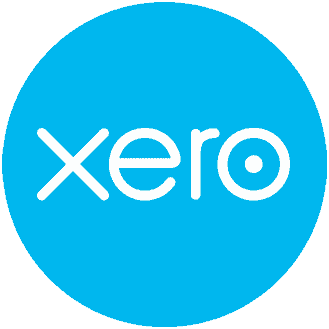Proposed Amendment to Brightline Test: What You Need to Know
The government has finally introduced the Bill with the proposed changes to the Brightline test, and interest deductibility for residential rental property owners.
The Annual Rates for 2023-24, Multinational Tax, and Remedial Matters Bill proposes significant changes.
Key Features of the Proposed Amendments:
- Repeal of Current Bright-line Tests
The proposals repeal the existing 10-year and 5-year new build bright-line tests and replace them with the new 2-year bright-line test. - Simplification of Main Home Exclusion
The exclusion would apply if the land has been predominantly used as the person’s main home for most of the ownership period. - Extension of Rollover Relief
Rollover relief rules would be extended to cover all transfers between associated persons, provided they have been associated for at least two years prior to the transfer.
Proposed Changes – Brightline Rules
Proposed Changes: The amendment proposes to repeal the current bright-line tests and replace them with a new 2-year bright-line test. This shift aims to return the bright-line test to its original purpose of taxing income from property sales within a specified period, particularly targeting land speculators.
Application Date: The proposed changes would come into effect for disposals of residential land occurring on or after 1 July 2024. This means that any property sale after this date would be subject to the new 2-year bright-line test.
Remembering that the brightline period ends when an Agreement to Sell the property is signed. It is critical that vendors do not sign any sales agreement prior to 1 July 2024. If they do, they will fall within the existing rules and could be caught.
Extension of Rollover Relief – Finally!
The proposed amendment to the bright-line test also includes a significant expansion of rollover relief provisions. Rollover relief aims to mitigate the tax consequences of certain property transfers, particularly between associated persons or entities, by deferring taxation until a later date.
Under the current legislation, rollover relief is limited to specific circumstances, such as transfers involving relationship property, inherited property, or into a related Trust. However, the proposed amendment seeks to broaden the scope of rollover relief to cover a wider range of transactions.
The key expansion involves extending rollover relief to apply to all transfers between associated persons, provided they have been associated for at least two years prior to the transfer.
By extending rollover relief to all associated person transfers, the amendment aims to provide tax relief for genuine transactions that do not involve speculative behaviour. This extension acknowledges that not all transfers between associated persons are driven by profit-seeking motives and should not be subject to immediate taxation under the bright-line test. It recognizes the importance of facilitating transfers within family units or between closely connected entities without imposing unnecessary tax liabilities.
Critically, it could finally resolve the issue with parents being taxed on imaginary gains when trying to help their children into their first homes.
The proposed amendment to the bright-line test in New Zealand represents a significant shift in property taxation policy. If implemented, it would have implications for property investors and speculators, as well as homeowners. Stay informed about these changes to ensure compliance and understand their impact on property transactions.
*This publication contains generic information only. NZ Tax Desk Ltd is not responsible for any loss sustained by anyone relying on the contents of this publication. We recommend you obtain specific taxation advice for your circumstances.













